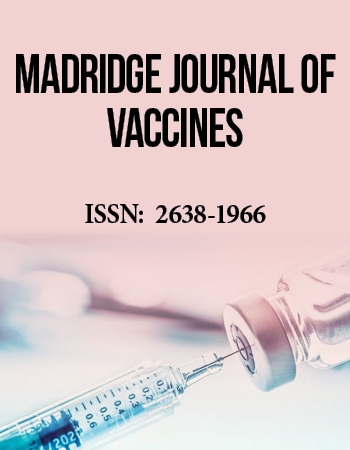International Conference on Vaccines
Feb 20-22, 2017 | Baltimore, USA
Protective efficacy of a prime-boost protocol using H5-DNA plasmid as prime and inactivated H5N2 vaccine as the booster against the Egyptian avian influenza challenge virus
1Department of Virology, Faculty of Veterinary Medicine, Cairo University, Egypt
2Department of Immunology, Animal Health Research Institute, Egypt
3Reference Laboratory for Veterinary Quality Control on Poultry Production (RLQP), Animal Health Research Institute, Egypt
In this study, a recombinant DNA plasmid was constructed, encoding for HA1 of a selected Egyptian H5N1 virus (isolated during the 2012 outbreaks). In the immunization and challenge experiments, SPF chickens received 1 or 2 doses of H5-DNA plasmid prime, and boosted with the inactivated H5N2 vaccine. Haemagglutination inhibition (HI) titers, protection levels, and the magnitude of virus shedding were compared to that of the chickens that received either DNA plasmid or inactivated H5N2 vaccine alone. H5N1 virus A/chicken/Egypt/128s/2012 (H5N1) HPAI clade 2.2.1/C was used for the challenge. Chickens immunized with 1 or 2 doses of H5-DNA vaccine failed to overcome the challenge with 0% and 10% protection, respectively. Quantitative real-time reverse transcription-PCR revealed virus shedding of 2.2 x 104 PCR copies/ml 3 days post challenge (dpc) in the only surviving bird from the group that received 2 doses of plasmid. However, chickens immunized with 1 or 2 doses of H5-DNA plasmid as prime and inactivated H5N2 vaccine as booster, showed 80% protection after challenge, with a viral shedding of 1.2 x 104 PCR copies/ml (1 dose) and 1.6 x104 PCR copies/ml (2 doses) 3 dpc. The surviving birds in both groups did not shed the virus at 5 and 7 dpc. In H5N2-vaccinated chickens, protection levels were 70% with relatively high virus shedding (1.8x 104 PCR copies/ml) 3 dpc. HI titers were protective to the surviving chickens. This study reports the efficacy of H5-DNA plasmid to augment reduction in viral shedding and to provide better protection when applied in a prime-boost program with the inactivated AI vaccine.
Biography:
Basem Ahmed is the assistant lecturer of Virology from Faculty of Veterinary medicine in Cairo university. His main Research interest is in Molecular Virology, Vaccinology, Immunology.


